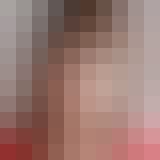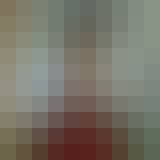¿Alguna vez pensaste en crear tus propios juegos de computadora, pero no tenías idea cómo hacerlo o por dónde comenzar? Este curso te enseñará a programar utilizando Scratch, un lenguaje de programación visual muy fácil de usar, y más importante aún, aprenderás los principios fundamentales de la computación para que comiences a pensar como ingeniero/a de software.
Entrevista a Joyera [Inglés - Subtítulos en Español]

Skills You'll Learn
Programming Tool, Software Development, Computer Programming, Scratch (Programming Language)
Reviews
4.8 (2,569 ratings)
- 5 stars84.81%
- 4 stars11.87%
- 3 stars2.14%
- 2 stars0.42%
- 1 star0.73%
LG
Oct 8, 2020
Muy agradecida con Coursera, una vez más por el aprendizaje adquirido, estoy muy emocionada de este triunfo, tan hermoso es estudiar, aprender. con dedicación, fé, perseverancia y responsabilidad.
VR
Jan 4, 2016
Me gustó mucho éste curso, es el primero que tomo en la plataforma de Coursera. Te introduce los conceptos básicos de programación de una manera muy clara y divertida. ¡Lo recomiendo ampliamente!
From the lesson
Reutilizando tu código
En esta unidad presentaremos el concepto de procedimiento. También veremos clonación en Scratch. Aplicaremos estas ideas para reutilizar nuestros programas.
Taught By

Inés Friss de Kereki
PhD

Dr Areti Manataki
Teaching and Research Fellow
